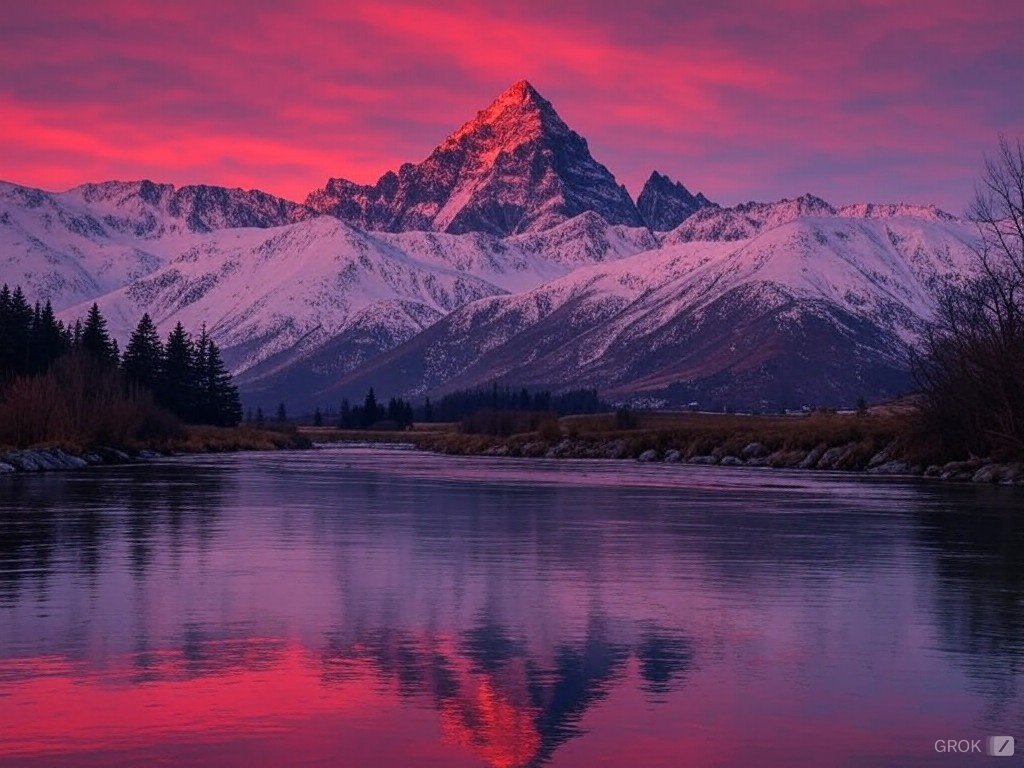Have you ever found yourself lost in the immersive worlds of a video game, where every alley, room, and landscape felt like it was crafted just to lock you into its story? That, my friend, is the magic of game level design. I often wonder if players realize the mountain of work and creativity poured into every single detail they glide by. Crafting those details has been my passion and profession for years, and it’s a craft that always keeps evolving—especially with tools like Unity.
Contents
The Heart of the Game
Let’s start with the basics: what’s so special about Unity Level Design? Well, to start, Unity is a powerhouse for creating visually stunning and interactively complex game levels. It doesn’t matter if you’re working on a side-scroller or a sprawling 3D RPG, Unity has the tools to bring your vision to life. But it’s not just about having high-end tools; it’s about how you use them. I like to think of Unity as my palette and brush as I paint the scenery of potential adventures.
A Canvas of Complexity
Imagine you’re crafting a dystopian cityscape. With Unity, the layers of complexity you can add are nearly boundless. Now, I’m not saying every level needs rain-slicked cyberpunk streets or neon signs flickering in a murky fog, but why not if it helps tell your story? The first step in Unity usually involves laying down your terrain—whether it’s the grimy asphalt of a future metropolis or the rugged terrain of an alien planet.
From there, I dive into what I colloquially call ‘the fun part’. It involves populating my world with objects, NPCs (non-player characters), and maybe a hidden room or two that players might stumble upon—if they’re clever enough. Here’s where a smidge of programming might come in handy. Unity allows me to script events, like a sudden ambush by rogue robots or a mysterious vendor appearing only at night. It’s almost like setting the stage for a play, only the audience can run off-script anytime they like!
However, true be told, it’s not always a smooth ride – Unity can be as temperamental as a star before her coffee when it comes to certain integrations or updates. Yet, like any good relationship, we learn to work together and get along splendidly for the most part.
Creating Emotive Landscapes
You see, the thing about game level design, particularly in an emotionally charged engine like Unity, is that every element needs to resonate with the player. It’s about more than just placing objects; it’s about evoking feelings. When I designed a recent snow-covered village, I not only thought about the crunch of snow underfoot but also the muffled quietness that accompanies a heavy snowfall, setting the mood for a peaceful yet eerie exploration. Such atmospheres can turn a game from good to unforgettable.
I remember one project where the game’s narrative required a feeling of desolation and abandonment. Using Unity, I layered empty streets with faded signs and scattered papers swirling in the wind. These small touches can profoundly affect the player’s experience, nudging them to feel the story’s weight without a single word.
Dancing with The Devil in the Details
Detail, oh, that devilish detail! It can make or break your game level. Continuity errors or conflicting aesthetics? They can pull a player out of the immersion faster than you can say ‘respawn’. My aim in Unity design is always coherence – ensuring that every visual element feels part of the whole tapestry I’m weaving.
One time, I got so engrossed in perfecting the neon signage in a bustling market scene that I nearly missed a glitch where the NPCs were walking through objects. Yep, even in virtual worlds, pedestrians don’t normally phase through tables.
So, are you intrigued by what it takes to create entrancing game levels using Unity? Maybe pondering your own project or dreaming up a world you’d love to bring to life? If so, flick me an email at [email protected]. Let’s chat about how we can bring your virtual visions into reality!
